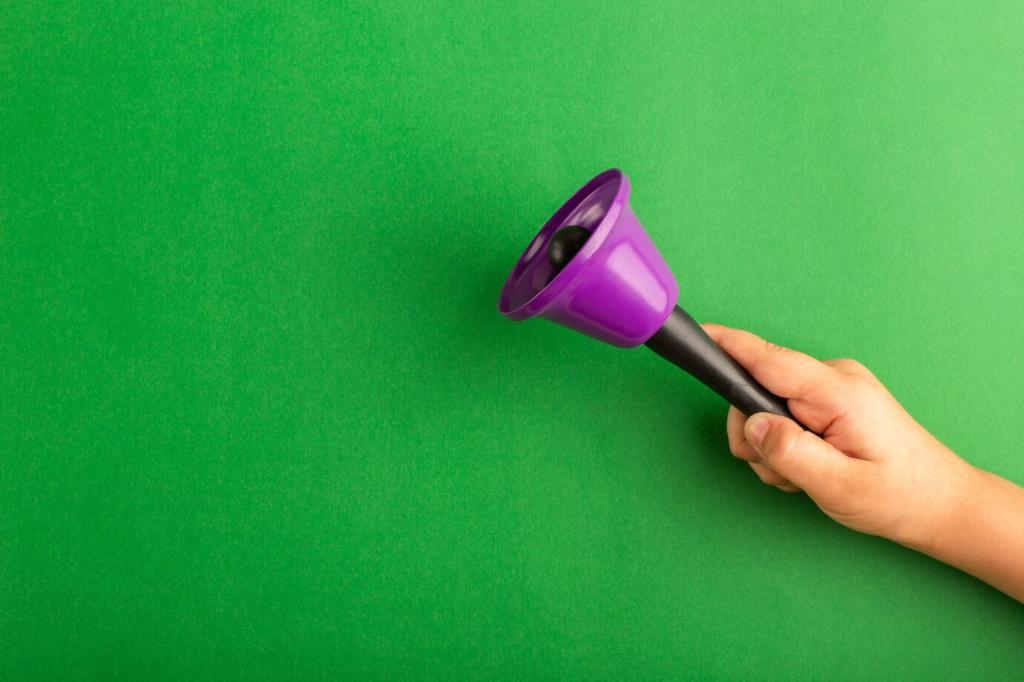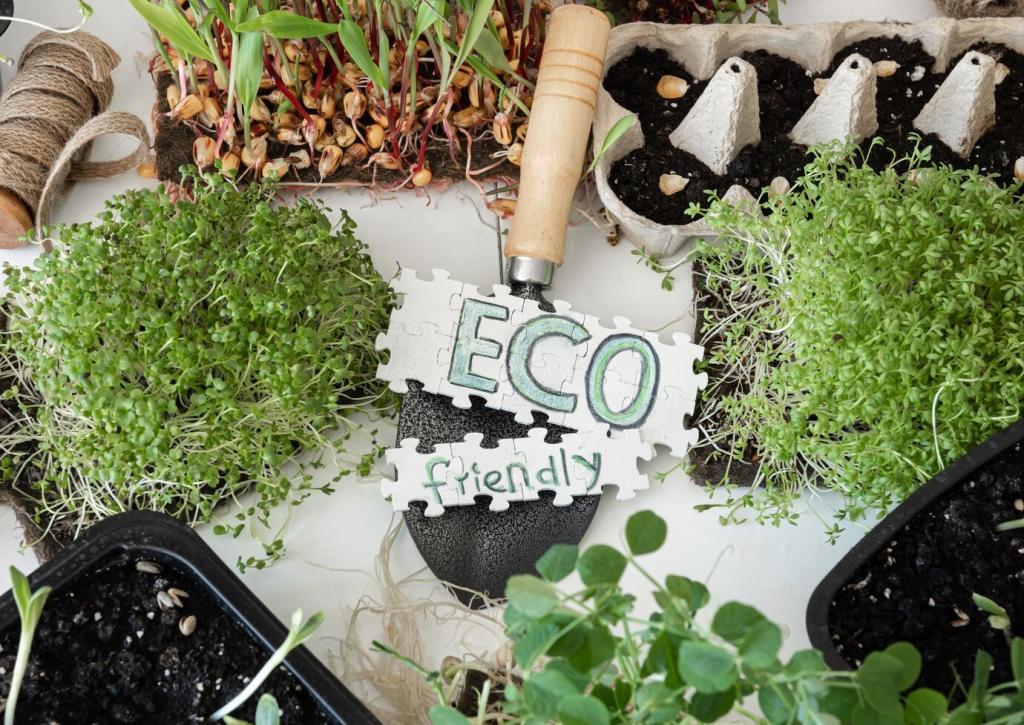
Visual Copywriting Techniques for Eco-Friendly Properties
Chosen theme: Visual Copywriting Techniques for Eco-Friendly Properties. Step into a fresh blend of words and visuals that make sustainability tangible, credible, and deeply desirable—so your green homes speak to hearts and data-driven minds alike. Comment with your biggest challenge in showcasing eco benefits, and subscribe for ongoing, practical inspiration.
Green Storytelling That Feels Real
Pair renovation photos with concise captions and simple numbers: annual kWh saved, daylight hours gained, and water use reduced. In one 1970s townhouse, a single visual timeline turned skepticism into tours booked within days.
Show morning light across a reclaimed-wood breakfast nook, the quiet of cross-ventilation at dusk, or kids refilling bottles at a filtered station. Invite readers to comment with a ritual they’d highlight in their own eco-friendly space.
Use a consistent structure: What you see, why it matters, measurable impact. Example: Triple-glazed windows reduce heat loss, cutting winter bills by 23%. Add a subtle CTA: Subscribe for caption templates tailored to your listings.

Trust-Building Eco Icons and Badges
Introduce LEED, Passive House, or BREEAM badges with one-line explanations and links to verifiable sources. Avoid clutter; three credible seals beat eight vague logos. Ask readers which certifications their audience recognizes most.

Color, Contrast, and Calm
Earth tones with accessible contrast
Blend deep forest greens with warm clay neutrals, then test WCAG AA contrast for text. A calm palette signals care, while legible contrast respects every reader. Comment if you want our quick contrast-testing cheatsheet.
Light and texture that signal warmth, not austerity
Pair soft daylight photos with linen textures and gentle shadows. Your copy should echo the mood: quiet assurance over hype. This harmony reduces bounce rates because comfort feels immediate, not promised.
Color-coded journeys for mindful CTAs
Reserve a vibrant green only for primary CTAs like “See the Energy Savings.” Keep secondary actions in muted tones to reduce decision fatigue. Subscribe to learn the psychology behind eco CTA color systems.
Data Visualizations That Make Efficiency Feel Tangible
Energy arcs and seasonal rhythm charts
Show energy use as a gentle arc by month, annotated with insulation improvements and thermostat habits. Pair visuals with one-sentence insights so numbers never float alone. Ask readers which energy metric resonates most with buyers.

Animate a solar icon only when a user hovers over a production chart, revealing daily output. Keep transitions under 200ms for focus. Comment if you’ve seen motion that genuinely helped a sustainability message land.

Write alt text that names materials and purpose: “Bamboo flooring in sunlit living room, chosen for durability and fast renewability.” Avoid stuffing metrics. Invite readers to share an alt text they’re proud of for feedback.
Accessibility and Ethics in Visual Copywriting
Use a modular scale for hierarchy, generous line height, and clear headings for eco features. When text breathes, complex sustainability claims feel approachable. Subscribe for our accessible eco copy starter kit.
Accessibility and Ethics in Visual Copywriting
Conscious Conversion: CTAs and Follow-Ups
Use language like “Explore the ventilation walkthrough” or “See insulation in action,” pairing each with a small proof point. Gentle specificity outperforms hype. Comment with your most effective soft CTA phrasing.


Conscious Conversion: CTAs and Follow-Ups
Offer a one-page checklist: questions to ask about energy audits, filtration, and materials. Gate it with a friendly subscribe option and clear privacy notes. Readers appreciate tools that help them act immediately.
